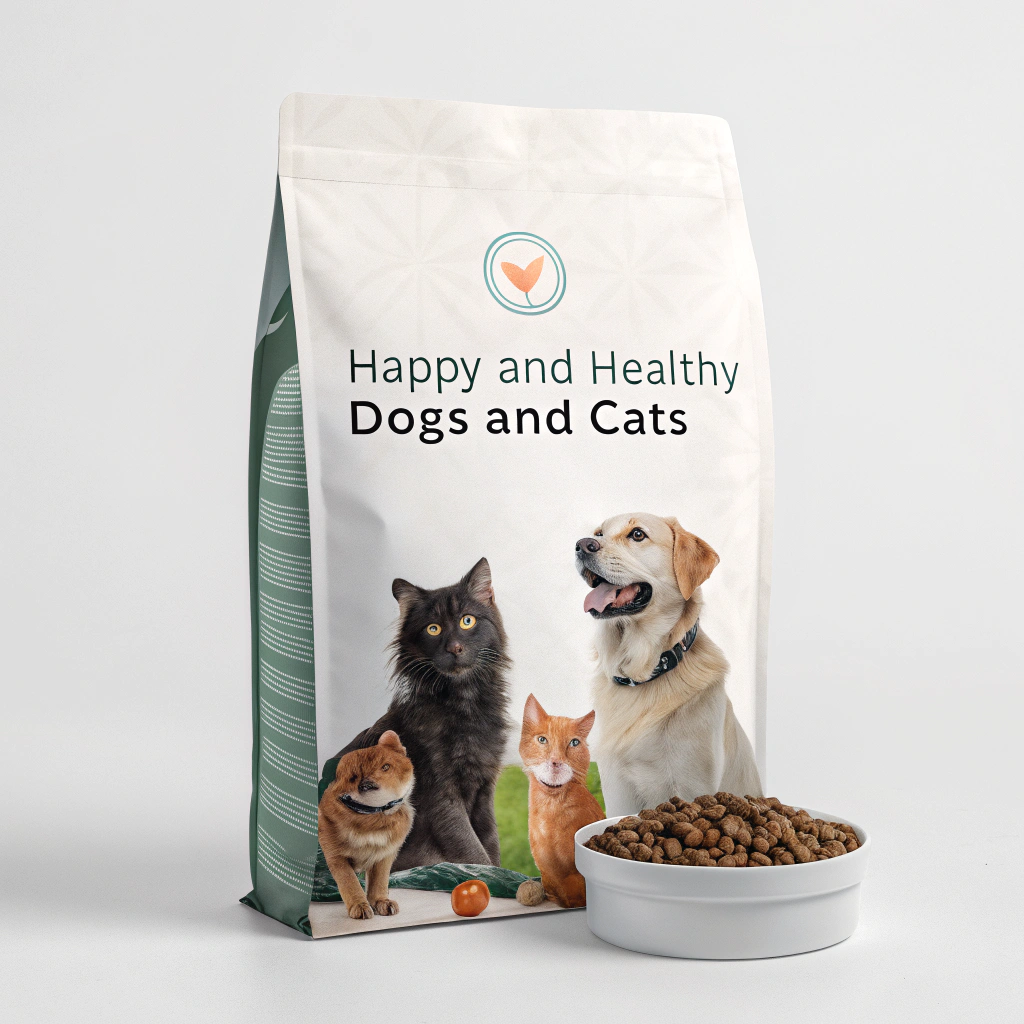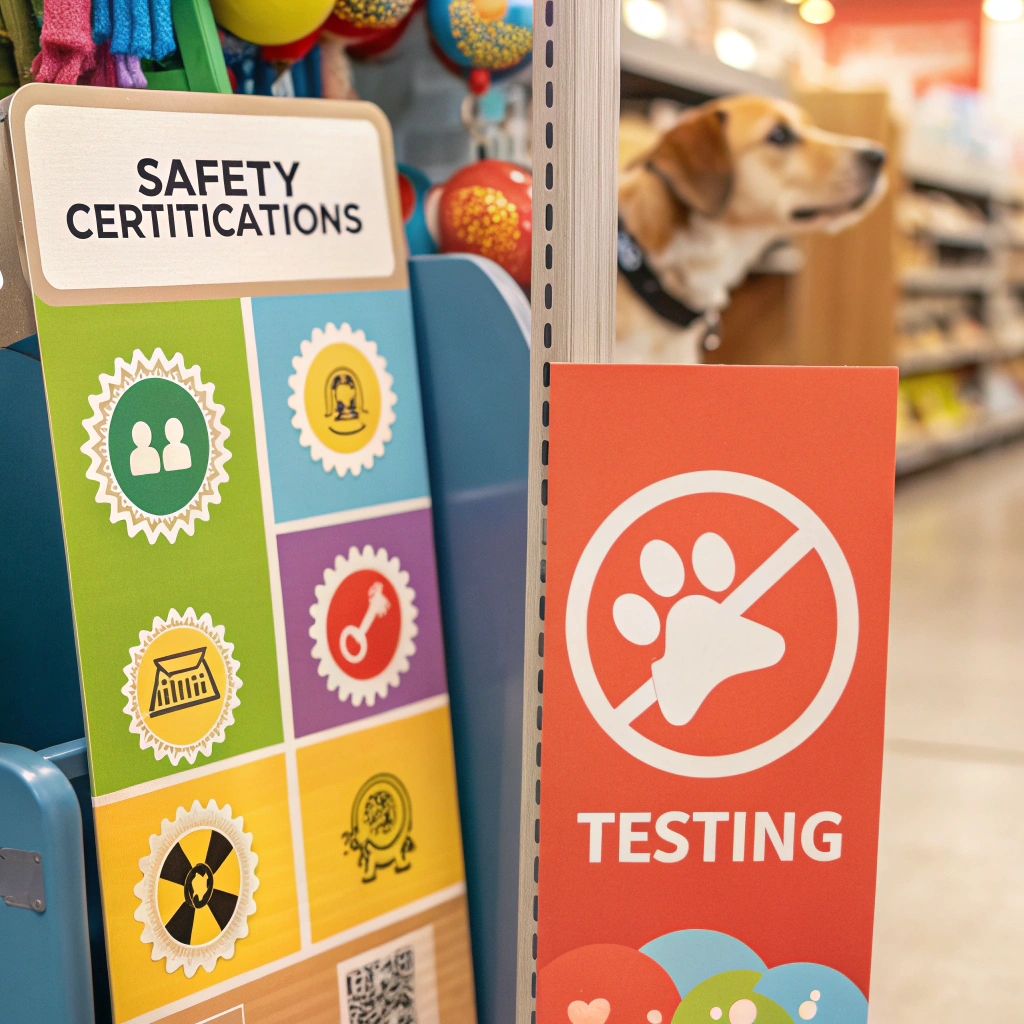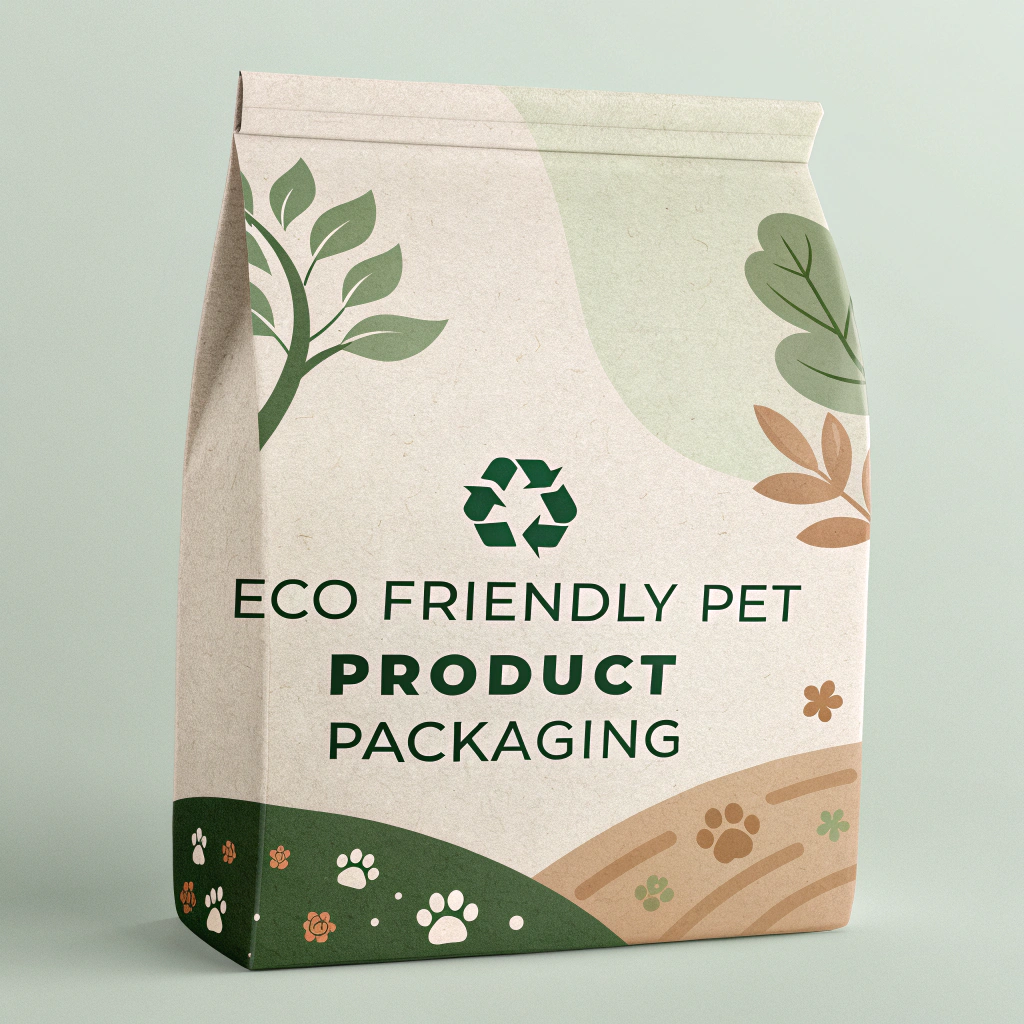Pet Product Packaging: Safety and Appeal
Pet owners treat their furry companions like family members, making packaging decisions crucial for pet product success. The pet industry has experienced explosive growth, with owners increasingly willing to invest in premium products for their pets’ health and happiness. Your packaging must balance safety requirements, regulatory compliance, and emotional appeal to capture this discerning market.

Transparent ingredient information and appealing pet imagery build trust with concerned pet owners
Understanding Pet Owner Psychology
Pet owners make purchasing decisions based on love, concern, and trust. They scrutinize labels more carefully than they do for their own products, seeking natural ingredients, safety certifications, and clear nutritional information. Your packaging must communicate quality, safety, and genuine care for pet welfare.
Modern pet owners are increasingly educated about pet nutrition and health. They research ingredients, compare brands, and read reviews before making purchases. Your packaging should facilitate this research process by providing comprehensive, easy-to-find information while maintaining visual appeal.
Safety Standards and Regulatory Compliance
Material Safety: Pet products require specific packaging materials that won’t contaminate contents or pose hazards if accidentally consumed. Food-grade materials are essential for edible products, while non-toxic coatings and inks protect against accidental ingestion.
Tamper-Evident Features: Include tamper-evident seals, especially for consumable products. Pet owners need confidence that products haven’t been compromised during shipping or storage. Clear indicators of package integrity build trust and protect both pets and your brand reputation.

Safety certifications and testing information demonstrate commitment to pet welfare and product quality
Information Architecture for Pet Products
Hierarchical Information Display: Organize packaging information in order of importance. Product name and brand should be most prominent, followed by key benefits, ingredients, and feeding instructions. Use clear typography and sufficient contrast for easy reading.
Ingredient Transparency: Display ingredient lists prominently using readable fonts. Highlight beneficial ingredients like vitamins, minerals, or natural additives. Consider using icons or symbols to quickly communicate key features like “grain-free,” “organic,” or “made in USA.”
Age and Size Considerations
Different pets have varying needs based on age, size, and activity level. Your packaging should clearly indicate target demographics through color coding, imagery, and explicit labeling. Puppy products might feature playful designs, while senior pet products could emphasize health and comfort benefits.
Size-Appropriate Packaging: Match packaging size to product usage patterns. Large breed dog food requires sturdy, easy-to-handle packaging, while small pet treats might benefit from resealable pouches that maintain freshness.

Sustainable packaging reflects growing environmental consciousness among pet owners
Emotional Connection Through Design
Pet packaging must create emotional resonance with pet owners. Use high-quality pet photography featuring happy, healthy animals. Avoid overly stylized or artificial imagery that might seem disconnected from real pet experiences.
Color Psychology for Pet Products: Choose colors that convey appropriate emotions. Greens suggest natural, healthy ingredients. Blues communicate trust and reliability. Warm oranges and browns evoke comfort and nourishment. Avoid harsh, artificial colors that might suggest chemical additives.
Functional Packaging Features
Resealable Options: Many pet products benefit from resealable packaging that maintains freshness and prevents contamination. This feature is particularly important for treats, supplements, and dry foods.
Portion Control: Consider packaging that helps pet owners measure appropriate serving sizes. Built-in measuring tools or clear portion guidelines help prevent overfeeding and extend product life.
Storage and Shelf Life Communication
Clearly communicate storage requirements and expiration dates. Pet owners need confidence that products will remain safe and effective throughout their shelf life. Include storage instructions that are practical for typical home environments.
Batch Tracking: Include lot numbers and manufacturing dates for quality control and recall purposes. This information builds trust while providing necessary traceability for safety compliance.
Building Brand Trust
Pet product packaging must establish credibility through professional design, comprehensive information, and safety compliance. Include contact information, website details, and customer service resources. Consider adding testimonials or endorsements from veterinarians or pet care professionals.
Quality Assurance Messaging: Communicate your quality control processes, manufacturing standards, and testing protocols. Pet owners value transparency about how products are made and tested for safety.
Success in pet product packaging comes from understanding that you’re not just selling to pet owners – you’re earning the trust of people who consider their pets family members. This responsibility requires packaging that prioritizes safety, transparency, and emotional connection while meeting strict regulatory requirements.
